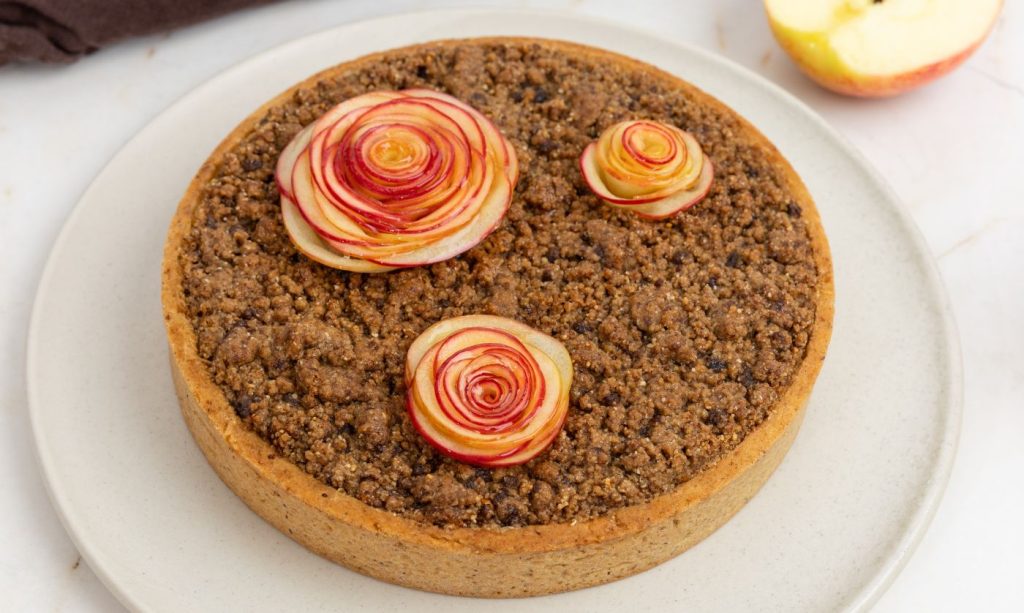Good Mould Bad Mould
Published 25 Aug, 2015Why is it that the blue veins through your stilton cheese make you tremble with delight, but a fuzzy spot on a pear makes you shriek and want to have the fruit bowl fumigated?
Mould is something that we are all very aware of in the kitchen but without necessarily knowing that much about it. So why is it that some moulds are good and some are bad?
First, lets learn a little about mysterious mould. Moulds are a fungi, related to mushrooms and yeast. They can’t make their own food so instead they degrade organic material to create energy and grow. There are thousands of different types of mould but they are all single-celled, microscopic organisms that can only be seen by the naked eye when they form together in a fuzzy growth. For this reason it can be really difficult to tell how far the mould is spread.
Mould can do amazing things for food. It can help enhance or add flavours, and is often essential to the fermenting process. The mould Penicillium Camemberti is used to create the white rinds on bries and camemberts, and Penicillium Roqueforti gives blue cheese its distinctive blue veins and sharp flavour. If these names sound familiar it’s because they are the lesser-known cousins of the mould used to make penicillin.
Mould is also very important for the production of many kinds of alcohol. Certain dessert wines use a mould called Botrytis Cinerea to help increase sweetness and these moulds are deliberately sprayed over vineyards. Koji mould is used to ferment soybeans to create soy sauce, and is critical to the sake making process.
So does this mean we shouldn’t be so worried about a little mould? Yes and no.
The problem is that we don’t always know what type of mould we are dealing with, so it’s generally better to be safe and avoid it. Some moulds can produce toxins called mycotoxins and these can be very dangerous with on-going exposure. For example, a type of mould called Aspergillus, which grows in peanut products, produces toxins that have been linked to liver cancer.
However, researchers at the CSIRO recommend that you can rescue certain foods that have begun to grow mould. A general rule to judge whether mouldy food can be saved is to look at its moisture content. Foods with a high moisture content are more likely to have invisible toxins growing below the surface. This means that things such as casseroles, soft fruit and vegetables, soft cheeses, bread and other baked goods go in the bin. The good news is that on the other hand foods that have a dense structure such as hard cheeses, salami and other deli meats, and hard vegetables such as carrots can be saved. Simply cut away the mould by a few centimeters and you should be able to enjoy the rest of the food with little risk.
If you are ever in doubt about mould, throw it out! But by becoming more savvy about the way food spoils and how it can affect your health, we can make smarter decisions in the kitchen and help prevent unnecessary food waste.











